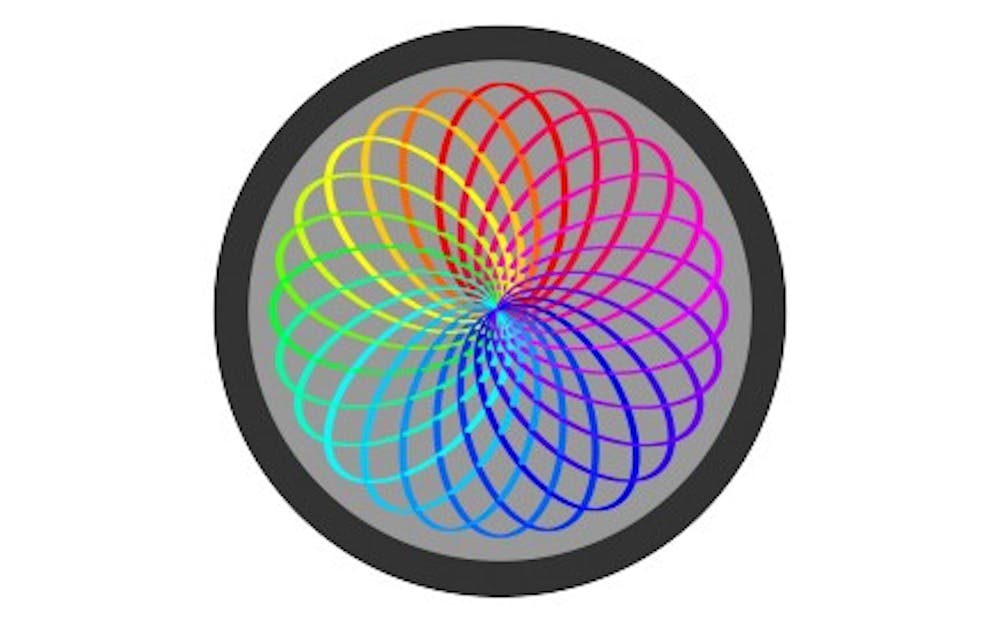Program II—an individualized degree program at Duke—is celebrating its 50th anniversary this year.
Students usually choose to pursue a Program II degree because they want to pursue an interdisciplinary or emerging area of knowledge in a way not possible through the traditional major or minor combination. All Program II students need to take 15 to 18 core courses from multiple departments and complete a two-semester senior capstone project using the knowledge from the core courses.
“Program II is not about picking classes you like and throwing different disciplines into one pot,” said senior Kelsey Graywill, a Program II major. “It is about the marriage of disciplines and how they can work together to answer a specific question.”
Because the degree is application-based, students interested in the program need a recommendation from a faculty adviser and a plan of the courses they plan to take. Less than 50 percent of applicants are accepted into Program II in the first round, said Rachael Murphey-Brown, director of Program II and an academic dean of Trinity College.
She explained that most applicants can fulfill their academic needs with traditional Program I degrees. Applicants to Program II need to clearly articulate that they are raising a question that is so large and so important that they cannot address it with a traditional major or minor combination.
“Students in Program II are often asking a very specific intellectual question that requires inquiry from many, many disciplines, not just one or two,” Graywill said.
The big question that Graywill is seeking to answer through Program II is why humans find things beautiful. Graywill titled her Program II degree as “Creating Meaning: Empirical and Evolutionary Neuroaesthetics.”
“When people ask me, 'Which department has the most presence in your Program II study?' it is very hard to answer,” Graywill said.
Graywill said to address her inquiry, she has taken classes from more than 13 departments, including cultural anthropology, evolutionary anthropology, neuroscience, philosophy, visual media studies and more.
Part of Graywill’s Program II capstone project is an exhibition of her landscape artworks in the Louise Jones Brown Gallery at the Bryan Center. She is using this exhibition as a case study to evaluate how people appreciate art and respond to different artworks.
“With a traditional major/minor combination, students are studying several subjects independent from each other since the requirements they face are no different from anyone who is just studying that major,” Graywill said.
Program II students only compose a small community on campus, said senior Meghana Vagwala, also a Program II major. There are only about 15 Program II students in each graduating class.
“If they do not know any upperclassmen who are already in the program, it is very hard for anyone who considers to apply to get feedback and advice on their curriculum design,” she said.
Late last year, Vagwala and other Program II students helped launch the Program II Majors Union, where she serves as the president. Members of the organization will hold regular office hours to address concerns of potential applicants, and upperclass students will help others design their capstone projects.
“One of the majors union’s goals is to bridge the gap between current Program II students and underclass students who are interested in applying,” Vagwala said.
Graywill said Program II needs administrative support to develop in the future. Although every Program II student has a faculty adviser, he or she is not attached to any department through a degree program, Graywill added.
“[What students accomplish in Program II] does not contribute to things like departmental ranking or anything else that Duke can use to gloss its reputation,” she said.
She explained that education is becoming more collaborative in all realms and new positions are being created that require employees to think across boundaries of traditional disciplines.
Isaiah Carter, a senior in Program II, pursues a degree that he titles as “The Bio-psycho-social Aspect of Wellness—Mind, Body and Spirit,” in which he studies how humans achieve holistic well-being physically and medically, as well as culturally and spiritually.
Carter said when he first entered Duke, he planned to pursue a neuroscience major and religion minor. But he later found that he needed knowledge from a whole array of disciplines to develop a comprehensive understanding of human well-being.
Healthcare providers have recognized that health is not just about strict medical treatment but concerns a healthy way to approach one’s life, Carter said.
“As we can see when Duke Medicine changed its name to Duke Health [in 2016], health care is moving from a purely scientific aspect to a more holistic one with a cultural and sociological aspect,” Carter said.
Carter is currently applying for an M.D.-Ph.D. program. He wants to become a doctor as he continues to research how people can become healthier in an all-around way.
Vagwala said Program II helps students develop an open mind, which will be helpful regardless of the professional goals they eventually pursue.
“Whatever narrow focus you have in your future career, having such a broad base of knowledge will make you more acceptive to different ideas and opinions,” she said.
Get The Chronicle straight to your inbox
Signup for our weekly newsletter. Cancel at any time.

